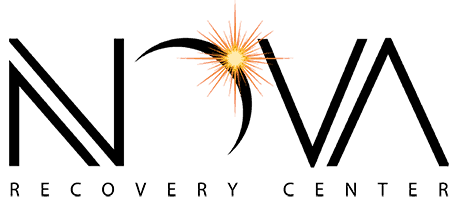Buprenorphine Withdrawal Symptoms and Treatment
GET HELP TODAY!
100% Confidentiality Guaranteed
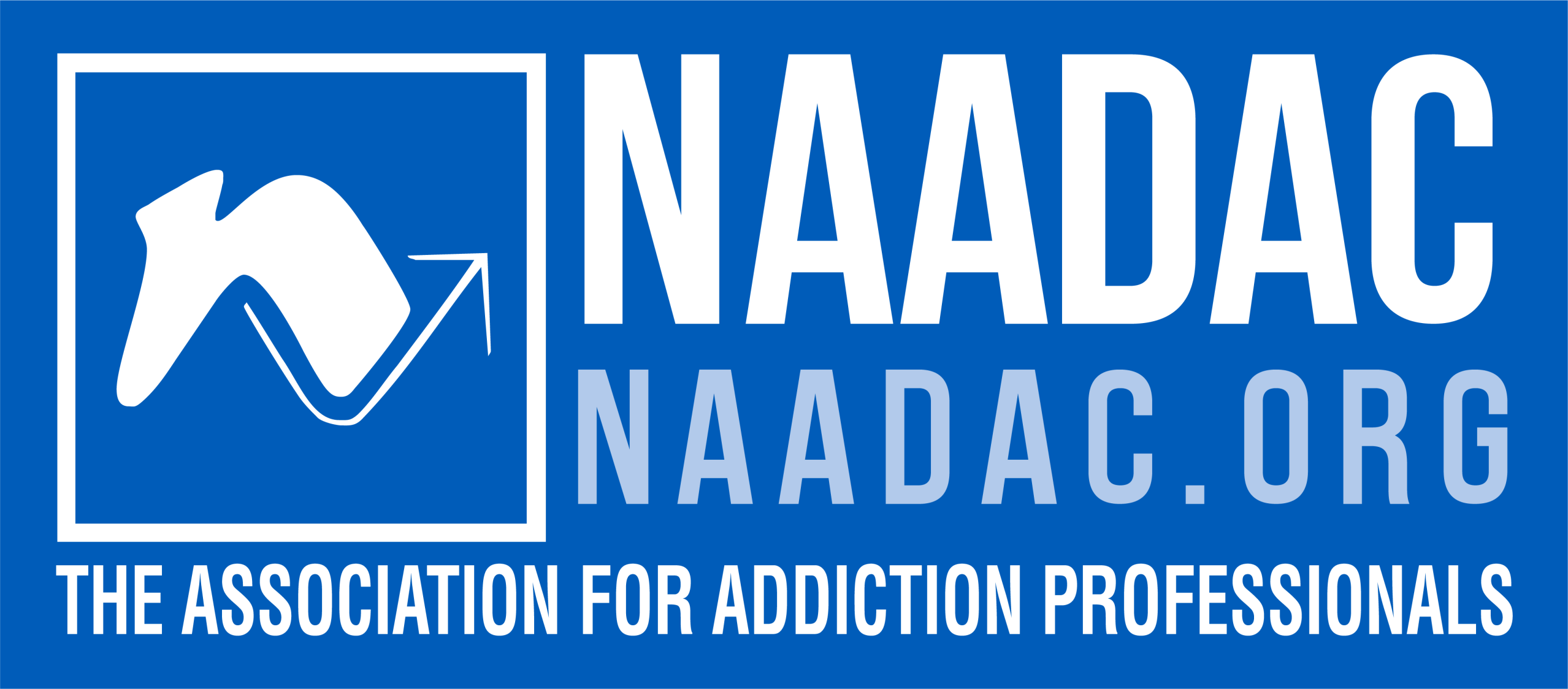
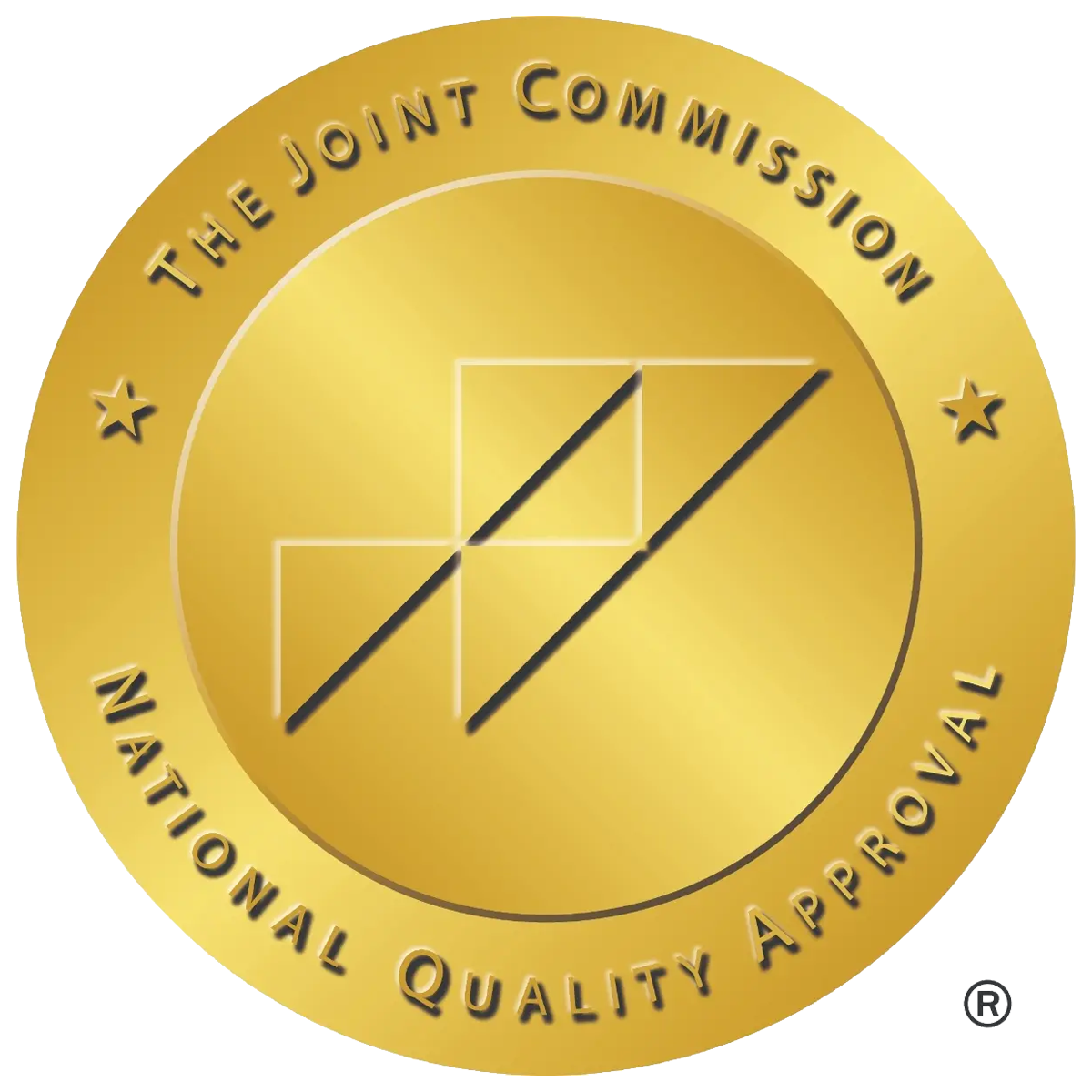
What Is Buprenorphine?
Buprenorphine is a man-made opioid that comes from thebaine, a chemical found in opium poppies. It is used to treat both pain and opioid use disorder. Doctors often prescribe it as part of medication assisted treatment to help people stop using opioid drugs.
Several forms of buprenorphine are available. Subutex and Suboxone were the first two approved by the Food and Drug Administration. Subutex contains only buprenorphine. Suboxone includes both buprenorphine and naloxone. Naloxone helps prevent misuse. If injected, it causes uncomfortable opioid withdrawal symptoms.
Other options include Belbuca, Bunavail, and Sublocade. Sublocade is a monthly shot for people with opioid use disorder oud. Buprenorphine is also used in hospitals under the name Buprenex.
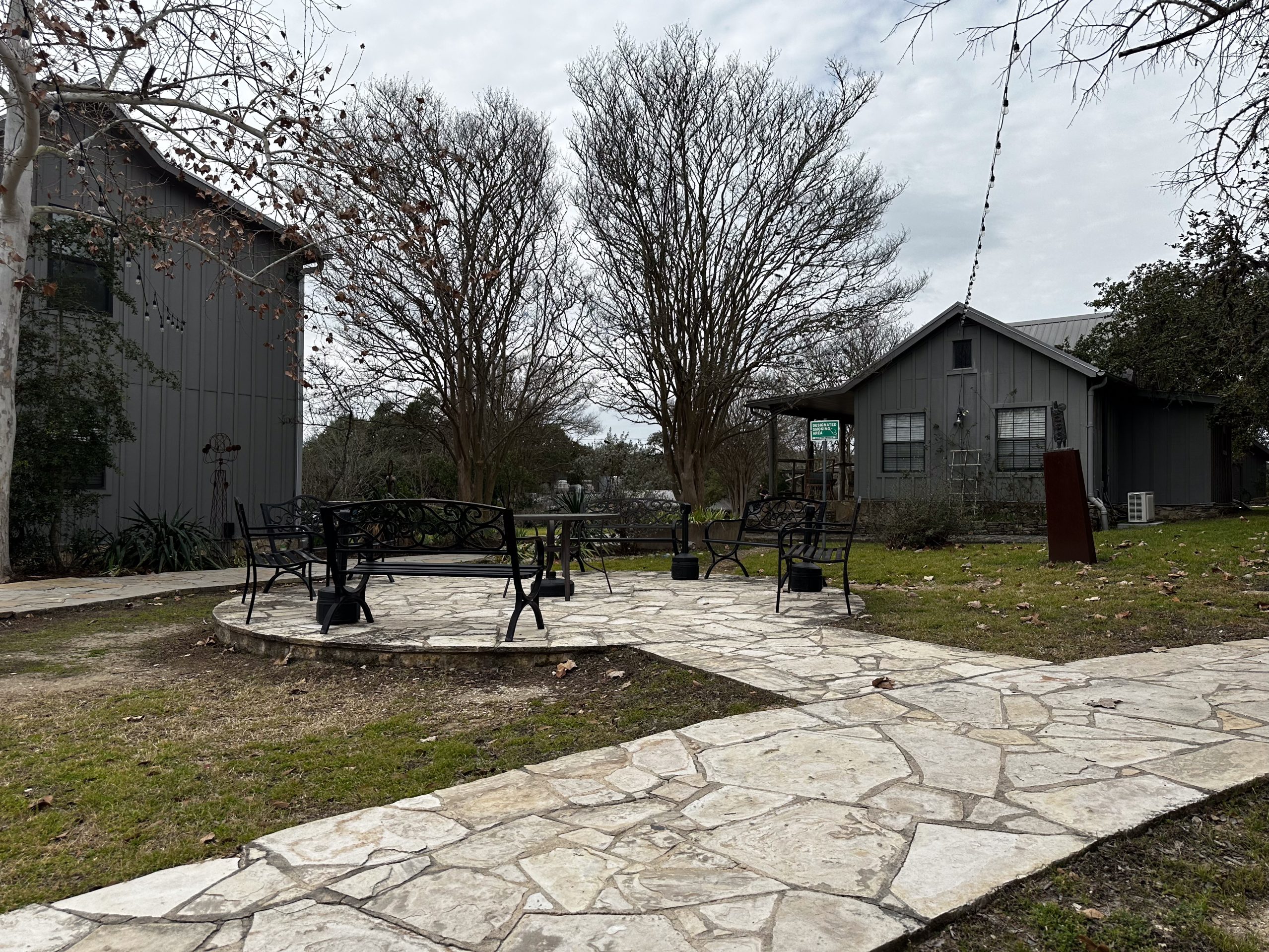
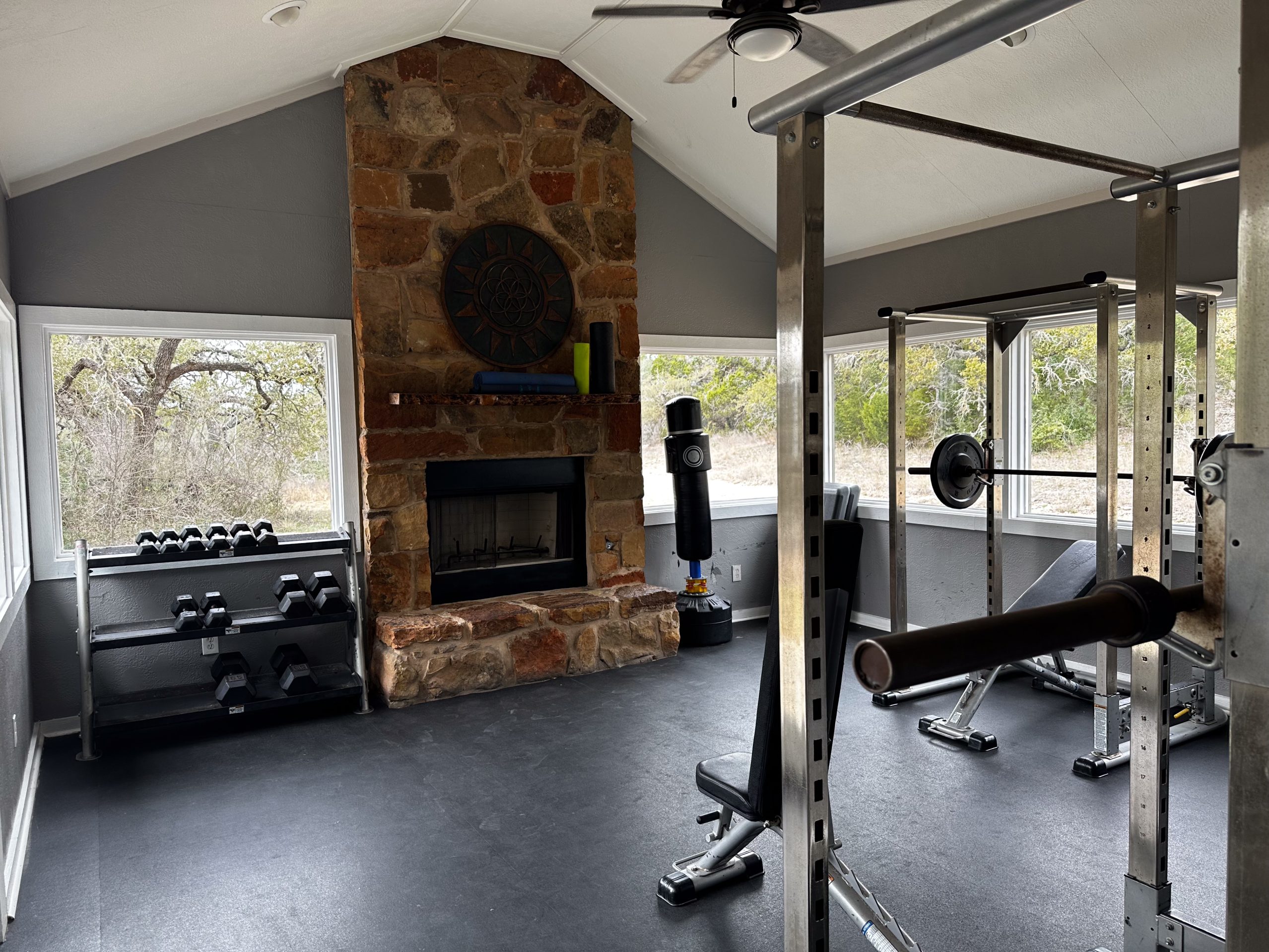
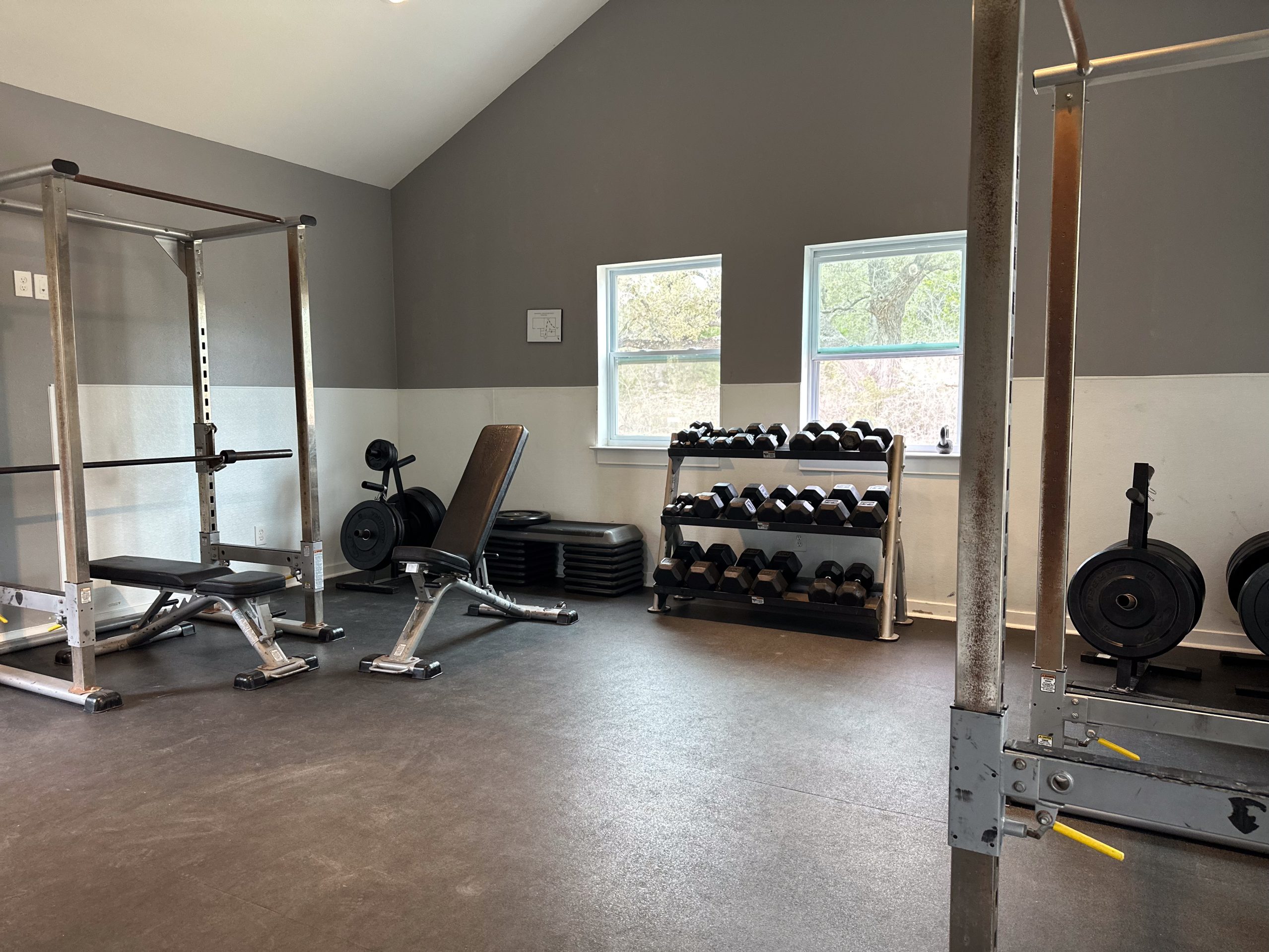

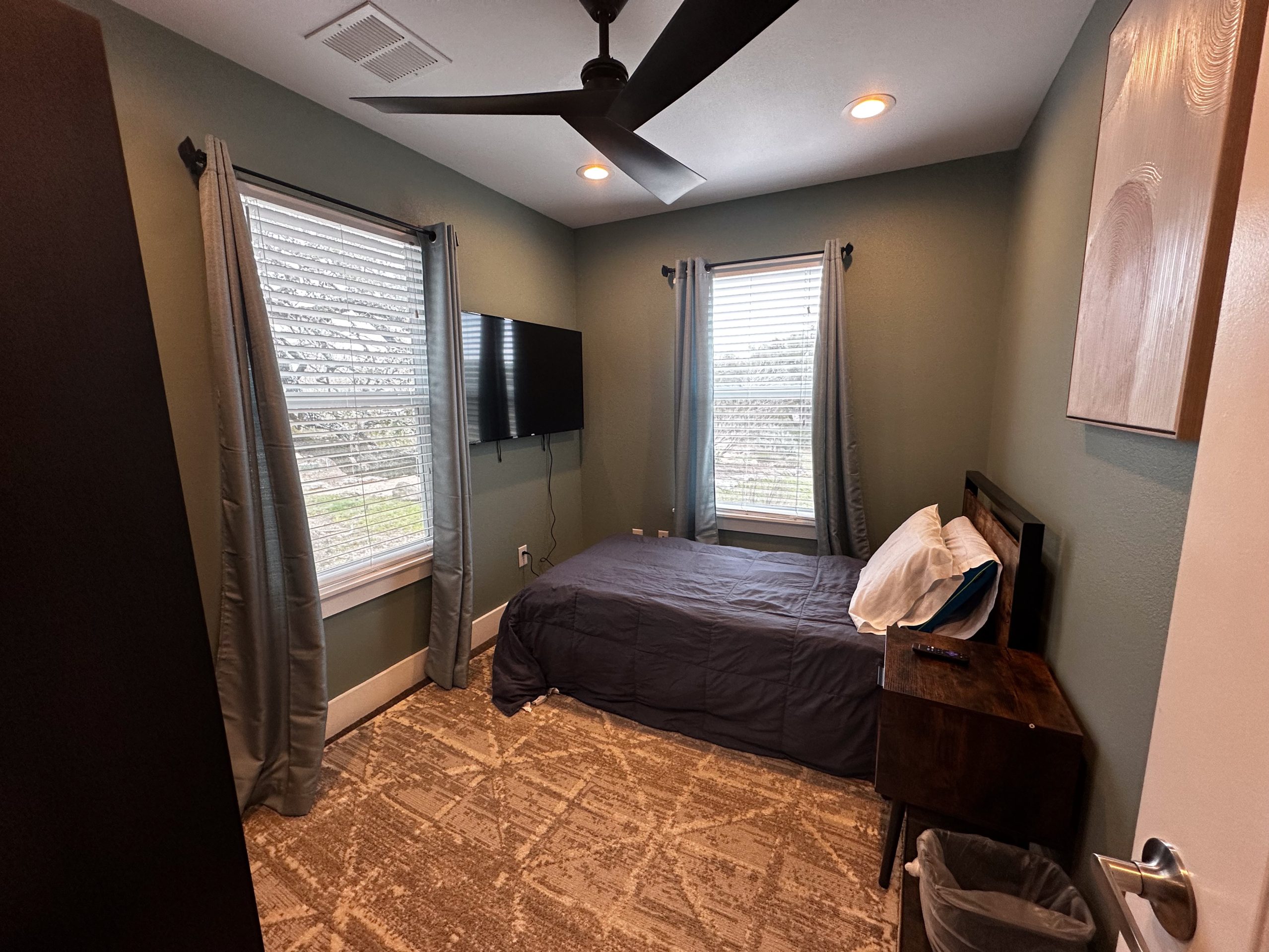



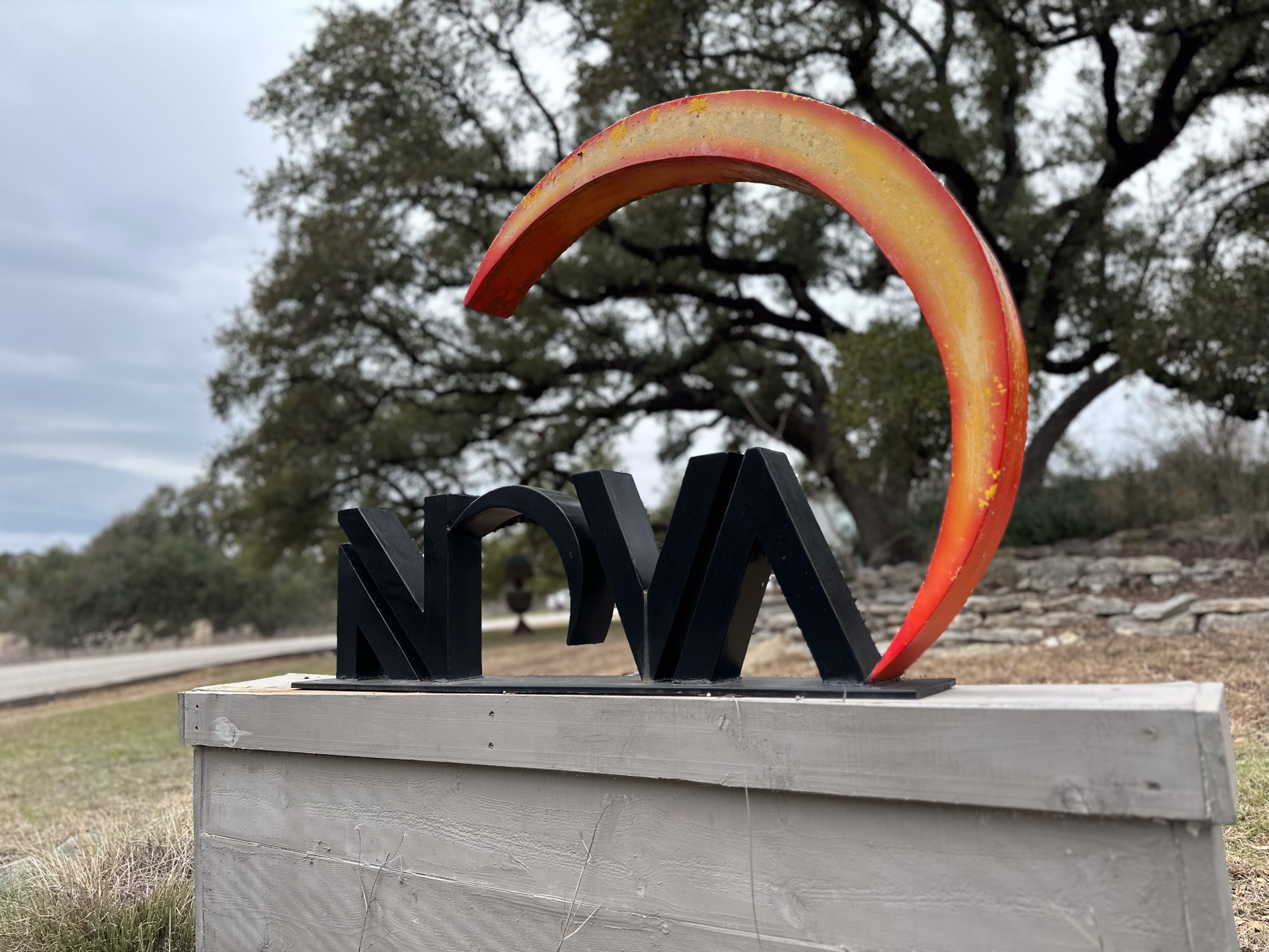

Can Buprenorphine Be Addictive?
Yes, buprenorphine can be addictive. It is a strong painkiller and can make people feel relaxed or “high.” These effects increase the risk of misuse. When combined with other depressants like alcohol or benzodiazepines, it can lead to slowed breathing and drug overdose.
Although it’s used for treatment, the drug can still cause people to become physically dependent. That’s why it’s labeled as a Schedule III drug by the National Institute on Drug Abuse.
Slang Names for Buprenorphine
People on the street may call buprenorphine:
- Subs
- Sobos
- Oranges
- Strips
- Stops
How Common Is Buprenorphine Misuse?
In the United States, over 14 million buprenorphine prescriptions were filled in 2017. The drug helps many people recover, but it’s also misused by some. Young people, heroin users, and even patients in treatment have misused it.
When taken in higher doses, especially through injection or mixed with benzodiazepines, the risk of overdose increases.
In 2011, U.S. emergency rooms reported more than 21,000 visits linked to buprenorphine misuse. Poison control centers noted nearly 4,000 cases, including some deaths. Clearly, this health issue requires ongoing attention.
Effects of Buprenorphine Misuse
Misuse can lead to:
- Euphoria
- Drowsiness
- Confusion
- Physical symptoms like nausea and vomiting
- Health problems such as slow breathing
People may try to self-treat symptoms of opioid withdrawal using buprenorphine. But this can lead to misuse, especially if they return to illegal drug use later.
Signs of Addiction
Signs of buprenorphine addiction treatment needs include:
- Lying to doctors for refills
- Visiting multiple doctors
- Using someone else’s prescription
- Withdrawing from hobbies and family members
- Sudden weight loss
- Hiding drug use
If these behaviors sound familiar, it’s time to seek treatment.
Buprenorphine Withdrawal Symptoms
Stopping the drug can trigger buprenorphine withdrawal symptoms, which include:
- Depression
- Sweating
- Nausea and vomiting
- Trouble sleeping
- Body aches
- Cravings
- Runny nose and watery eyes
- Diarrhea
- Mood swings
- Cold sweats
These may not be life-threatening, but they can be hard to manage without help. That’s why many people choose medical supervision.
Buprenorphine Withdrawal Timeline
Withdrawal looks different for everyone. The timeline can vary depending on use, health, and dose. Here is a typical buprenorphine withdrawal timeline:
- First 24 hours: Restlessness, dilated pupils, and sweating
- Days 2–4: Anxiety, body aches, sleep issues
- Days 5–7: Symptoms ease, but cravings and depression remain
- Week 2–3: Mood swings and symptoms of withdrawal may still occur
The process can take weeks, especially for those who were drug addicted for a longer length of time.
More Time. More Joy. More You. Start Now.
WE ACCEPT MOST INSURANCES







Inpatient vs. Outpatient Drug Rehab
Two main rehab options exist: inpatient drug rehab and outpatient drug rehab.
Inpatient Drug Rehab
- Clients live at the facility
- Daily therapy and support
- Full medical and emotional care
- Fewer distractions and triggers
- Ideal for people with a medical condition or severe addiction
Outpatient Drug Rehab
- Clients live at home
- Flexible schedule
- Group therapy sessions
- Helpful for those with work or school
- Less structure than inpatient care
Each person’s path to term recovery may differ. Some choose both methods to improve outcomes.
Buprenorphine Addiction Treatment
Treatment usually begins with medical detox. This helps people through opioid withdrawal symptoms in a safe, supportive environment. A treatment center can offer personalized care and adjust plans based on needs.
Programs often include:
- Individual therapy
- Group sessions
- Support groups
- Coping skills
- Emotional regulation tools
Therapists also help clients manage mental health condition challenges like trauma, anxiety, and PTSD. These issues often play a role in substance use disorder sud.
Family Support in Recovery
Addiction affects loved ones too. That’s why family therapy is part of many recovery programs. Education and open conversations with family members help repair relationships and build a support system.
Freedom Starts Here. Take Back Your Life Today.
Same-Day Admissions in Austin Available.
Continued Care After Rehab
Recovery doesn’t end when rehab does. Continuing care includes:
Sober Living Programs
Sober living programs provide homes for people in recovery. These houses often include:
- Drug testing
- Job assistance
- Emotional support
- Rules to stay on track
They create a safe space for people learning to live without drugs or alcohol.
Aftercare Programs
Aftercare offers weekly support. It’s useful during big life changes like job moves or grief. People stay connected to their treatment facilities and peers while building new habits.
Personal Monitoring
Some join monitoring programs. They meet regularly with a recovery coach. This helps spot risks early and reinforces progress.
Why Prompt Treatment Matters
Delaying help may lead to more serious problems, including opioid misuse, overdose, or chronic addiction. It also increases the risk of complications from co-occurring medical care needs.
Getting help now supports long term recovery, protects your quality of life, and sets you on a path toward health.
Call Nova Recovery Center today to speak with an admissions specialist. Learn about the best treatment options for you or a loved one. Start your journey toward recovery with the support you deserve.
Nova Recovery Center provides comprehensive care for individuals struggling with buprenorphine addiction and abuse. While buprenorphine is often prescribed to treat opioid dependence, misuse can still occur, leading to dependence, withdrawal symptoms, and ongoing challenges with sobriety. At Nova, clients receive a full continuum of care that begins with medical detox to safely manage buprenorphine withdrawal under professional supervision. Our evidence-based treatment programs incorporate cognitive behavioral therapy, relapse prevention strategies, and holistic approaches that address the mind, body, and spirit. We also provide long-term residential treatment options, intensive outpatient programs, and sober living support to ensure ongoing accountability and stability. Family involvement, peer support groups, and individualized treatment plans help clients rebuild healthy relationships and restore balance in their daily lives. With an emphasis on relapse prevention and long-term recovery, Nova Recovery Center equips clients with the tools they need to overcome buprenorphine misuse and achieve a healthier, sober lifestyle.
Frequently Asked Questions About Buprenorphine and Suboxone
What is the drug buprenorphine used for?
Buprenorphine is primarily used in medication-assisted treatment (MAT) for opioid use disorder. It helps reduce withdrawal symptoms and cravings, allowing individuals to stabilize and focus on recovery.
Is buprenorphine the same as Suboxone?
No. Suboxone is a combination of buprenorphine and naloxone. Buprenorphine is the active ingredient that reduces cravings and withdrawal, while naloxone helps deter misuse by injection.
Is buprenorphine stronger than oxycodone?
Buprenorphine is a partial opioid agonist, which means it activates opioid receptors but with a ceiling effect. While it is potent, it produces less euphoria and has a lower overdose risk compared to full agonists like oxycodone.
What does buprenorphine do for dogs?
In veterinary medicine, buprenorphine is sometimes prescribed as a pain management medication for animals, particularly cats and dogs. It works by binding to opioid receptors to reduce moderate pain.
What is buprenorphine naloxone (Suboxone) used for?
Suboxone is prescribed to treat opioid addiction. The buprenorphine component manages cravings and withdrawal, while naloxone helps prevent misuse.
Why is Suboxone being discontinued?
Some branded Suboxone formulations have been phased out in favor of generic alternatives. However, buprenorphine/naloxone remains widely available in generic form.
What is the 3-day rule for Suboxone or buprenorphine?
The “3-day rule” allows clinicians who are not certified to prescribe buprenorphine for opioid use disorder to administer the medication for up to 72 hours while arranging ongoing treatment.
Is buprenorphine stronger than Suboxone?
Suboxone contains buprenorphine as its main active ingredient. The strength is essentially the same, but Suboxone also includes naloxone to reduce misuse risk.
What is sublingual buprenorphine monotherapy (Subutex)?
Subutex is buprenorphine without naloxone. It is usually reserved for special cases, such as pregnant women, and is also taken sublingually to reduce cravings and withdrawal.
What is the 15-15-15 rule for Suboxone?
This is an informal dosing guideline sometimes used during induction: 15 minutes between sublingual doses, up to 15 mg total on day one, then reassessment after 15 hours. Always follow medical supervision for dosing.

